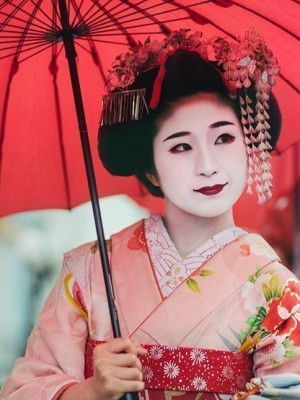

An experience for life with big contrasts between ultra-modern Tokyo, exquisite temples and gardens, maiko in kimonos and traditional tea houses in Kyoto, and the samurai town of Kanazawa.
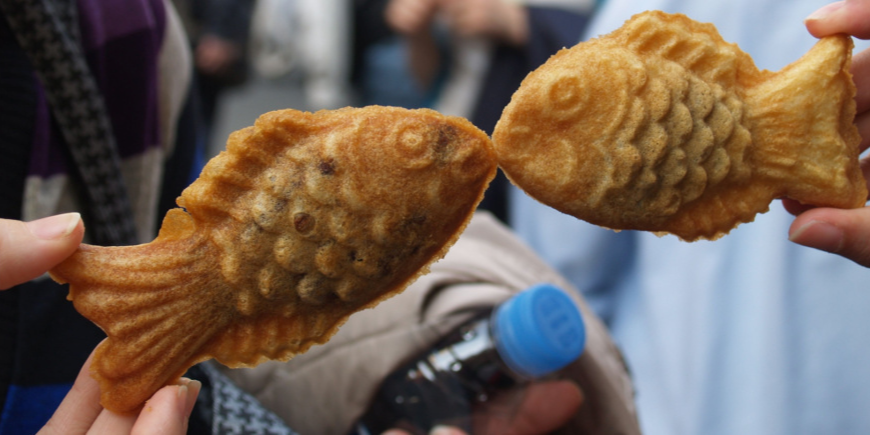
We tend to associate Japanese cuisine with fresh, delicate sushi or warm, flavourful ramen soup – there are countless delicious Japanese dishes of a savoury nature that you must try.
However, Japanese cuisine also offers a large selection of tasty sweets that are worth tasting on a tour to Japan.
In this blog post, we’ve put together 8 delicious desserts and sweets.
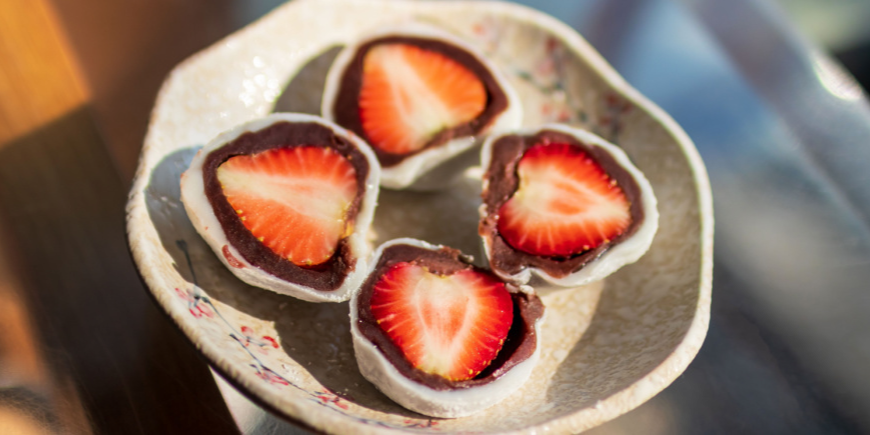
Mochi, which are also called rice cakes, are a hugely popular and almost iconic Japanese snack.
The small, sweet cakes are made from a soft, elastic rice dough, which encloses the mochi filling. And like many other Japanese specialities, you can have them in just the flavour you want.
The rice dough is coloured with matcha or other fruit colouring, so it comes in an array of lovely colours.
Try, for example, the Ichigo Daifuku variety, which contains a fresh strawberry and anko, a sweet red bean paste, which is also a speciality in Japan.
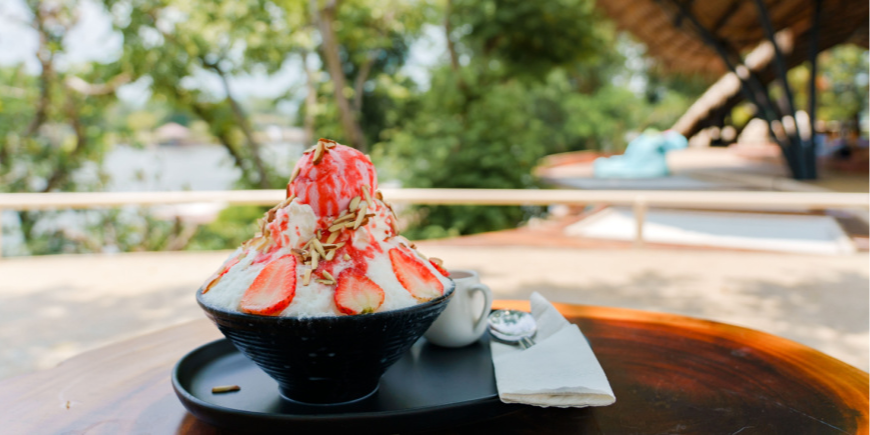
Kakigori could be described as the Japanese counterpart to the American phenomenon snow cones.
It’s a simple yet quite unique dessert consisting of perfectly grated ice (hence the name ‘shaved ice) with various toppings.
Kakigori is a perfect dessert for the very hot and humid summers in Japan, because it’s refreshing, light and not least cold!
As with mochi, kakigori comes in every imaginable colour and flavour, and there’s plenty of opportunity to taste you way to your favourite.
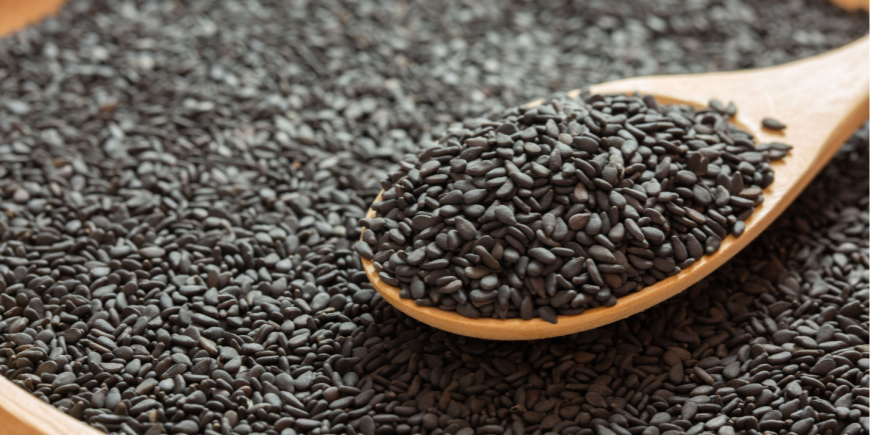
Although black sesame is not exactly a dessert in itself, it’s still worth mentioning as a flavour.
In Japan, there are numerous desserts or products in “black sesame” flavour: black sesame latte, black sesame pudding, black sesame ice cream, black sesame mochi, to name but a few.
Black sesame has a flavour all of its own. It’s unusual but described by many as mild, sweet, a bit nutty – just with a little more bitterness to it.
Black sesame is also known as a superfood, as the seeds are good sources of fibre, protein, magnesium, etc., and it is also widely used in savoury Japanese dishes.
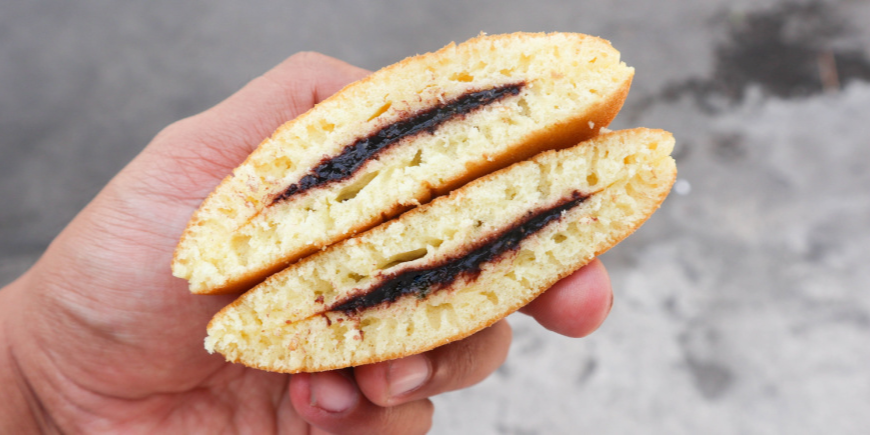
Dorayaki is a Japanese dessert consisting of two fluffy pancakes sandwiched together with the red bean paste, anko, in the middle.
The batter is made with honey, giving the pancakes a sweet taste.
Dorayaki is a big hit with children in Japan, possibly because it features in a popular Japanese cartoon, in which the iconic character Doraemon’s favourite dish is also dorayaki!
You’ll find the pancake-like dessert in most Japanese bakeries, sweet shops or supermarkets.
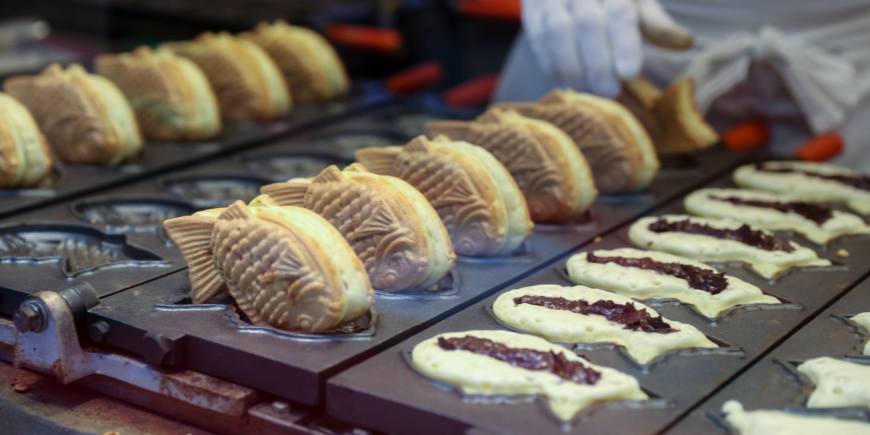
“Taiyaki” means baked fish – or baked sea bass to be more precise – so it’s no coincidence that this Japanese dessert is shaped like a fish.
However, there is no fish to be found in the list of ingredients, but a sweet waffle or pancake batter with varying fillings. Some of the most popular are anko, chocolate, custard or fruit.
In Japan, the sea bass is a symbol of good luck and prosperity, so perhaps you will achieve just that by tasting a taiyaki!
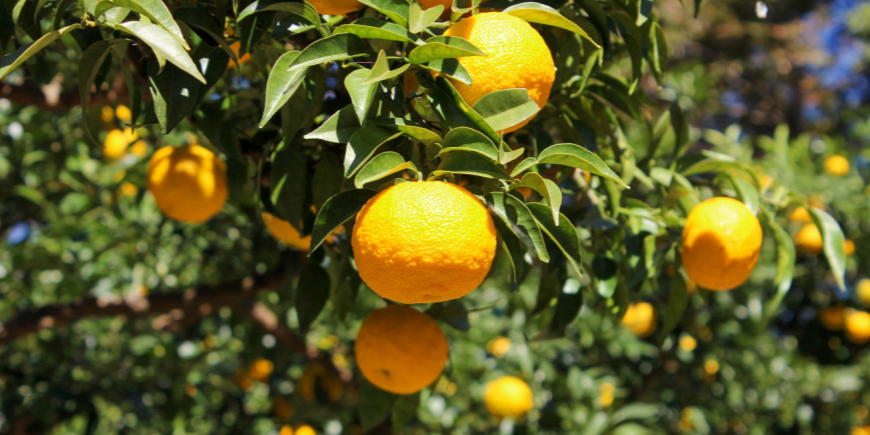
The Asian citrus fruit yuzu is a popular flavour when it comes to Japanese desserts.
The yuzu is very similar to a regular lemon but has a more complex flavour. In addition to being sour like lemon, it also has notes of flowers and herbs. The taste is sometimes described as a mix between lemon and grapefruit.
At the winter solstice, it is also a tradition to take a yuzu bath (柚子湯). Yuzu fruits are added to hot water so that their oils and aromas are released in the baths. The aromas and oils of yuzu are said to be good for your health and can strengthen your immune system. A yuzu bath may therefore be beneficial in the cold winter months to ward off seasonal illnesses!
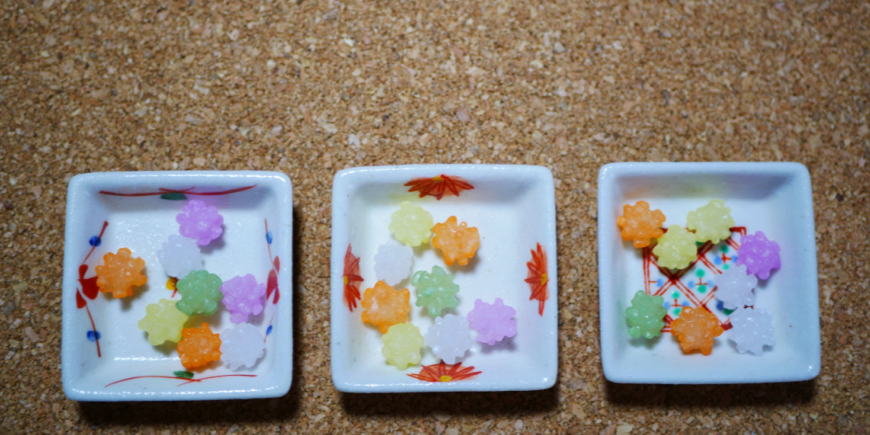
Konpeito are small, colourful pieces of sugar that look like stars. They taste sweet and are a favourite among children and adults alike.
The name is not actually Japanese at all, but comes from the Portuguese “confeito”, which means confectionery. This is because konpeito was originally brought to Japan by Portuguese traders.
The little sugar stars come in many flavours and colours. Not only do they taste good, but they’re also really pretty to look at!
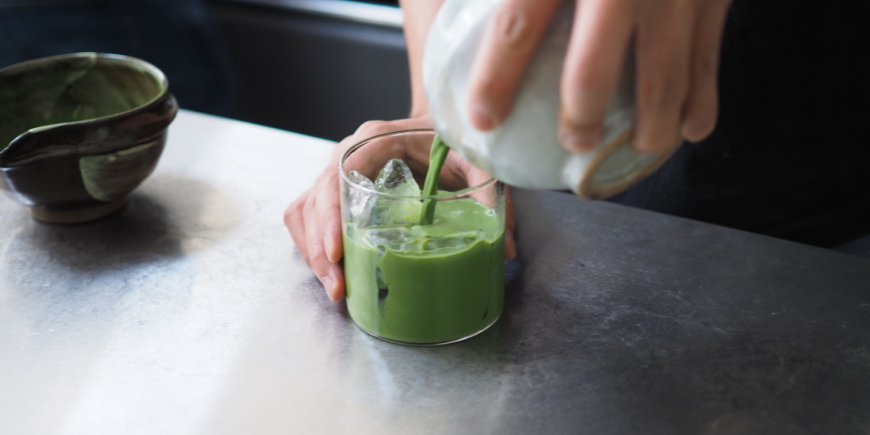
Matcha is a finely ground powder made from the same tea leaves that are used to make green tea.
There are two different ways to make matcha tea: usucha, which means thin tea, and koicha, which means thick tea. Usucha is the most common type, while koicha is most often served on special occasions.
Both types of matcha tea are made by using a bamboo whisk to whisk the matcha powder together with hot water. This gives the tea a frothy texture.
Matcha is not only popular as a tea, but also as a flavouring for a multitude of food products: cakes, chocolate, ice cream, etc. It’s an unusual taste but described by many as sweet, slightly bitter and with notes of grass.


An experience for life with big contrasts between ultra-modern Tokyo, exquisite temples and gardens, maiko in kimonos and traditional tea houses in Kyoto, and the samurai town of Kanazawa.
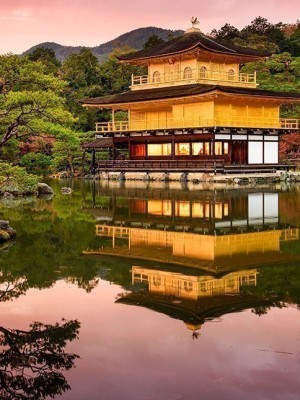

Experience the essence of Japan short and sweet with the most important cultural cities: Tokyo and Kyoto. The contrasts between the ultra-modern and the old traditions truly amazes most people.


You get Japan to your very core on this big tour. Experience famous highlights like Tokyo, Kyoto, Hiroshima, Kanazawa and Osaka spiced with less famous pearls like Okayama and Naoshima.
TourCompass – From tourist to traveller